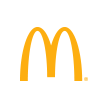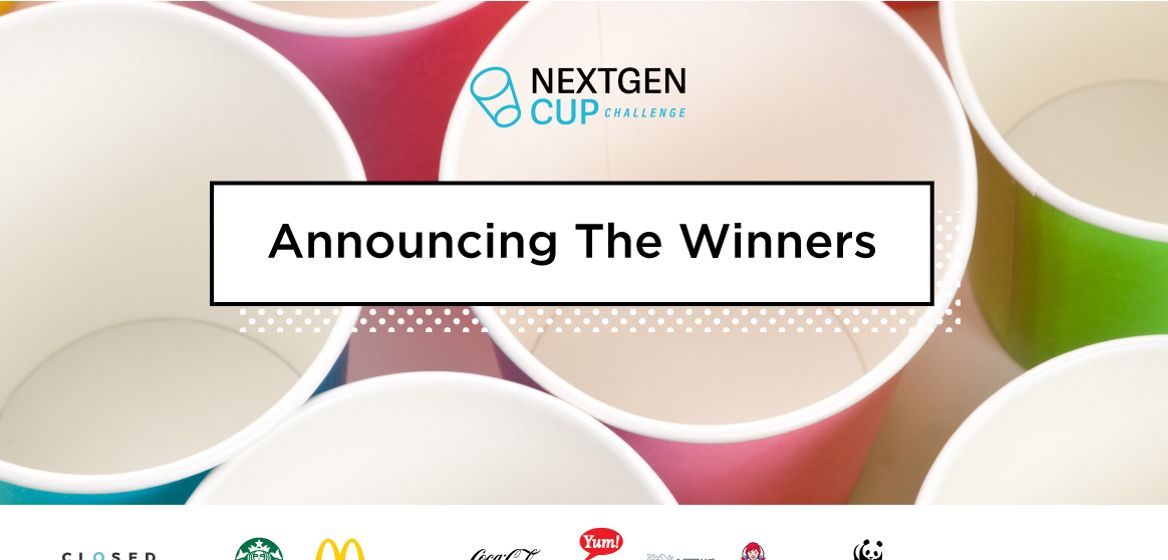The Future of the Fiber To-Go Cup is Now
February 27, 2019
Today we’re one step closer to solving a significant global waste problem: the ubiquitous fiber to-go cup.
Since July 2018, McDonald’s has been working with Starbucks and Closed Loop Partners as a founding partner of the NextGen Cup Challenge, a call to action for food industry leaders to join efforts to discover a scalable, sustainable fiber to-go cup. From 480 proposed solutions submitted by companies around the world, a panel of experts selected 12 winners of the Challenge that will be supported to continue developing their ideas.
Globally, 250 billion fiber to-go cups are produced each year and typically end up as waste. Why are these cups ending up in landfills and oceans as opposed to being recycled?
- Most fiber cups have a plastic liner to prevent leaks. The fiber and plastic are recyclable once separated, but limitations and inconsistencies in recycling infrastructure around the world mean that in most markets these materials aren’t easily recovered.
- While recycled fiber and plastic are valuable, what’s currently recoverable from cups doesn’t sell for much, so there’s no strong incentive for recyclers to recover the materials.
At McDonald’s, we agree there has to be a better journey for the fiber to-go cup and the NextGen Challenge has been an effective catalyst for that new journey.
Our customers tell us that their number one environmental concern is the environmental impact of McDonald’s restaurant packaging and waste. Projects such as the NextGen Cup Challenge are a critical extension of our Scale for Good Packaging & Recycling goals, which address the issue of waste across the McDonald’s system.
The NextGen Challenge solicited entries that find a structural and commercial system that produces, collects and recovers fiber to-go cups, while also meeting industry standards. Recoverability is a key component to the winning designs which means that solutions seek to enable the recovery of raw materials at their highest possible value across multiple global infrastructures. Simply put, the cups can be recycled or composted, and can begin a far different journey:

Instead of fiber to-go cups ending up in landfills, incorrectly sorted, missing a recycling opportunity or ending up the ocean, the solutions are designed to be 100% recoverable. Perhaps this future cup finds new life as compost in agriculture or as an altogether new cup because its materials are all fully and easily recycled.
Learn more about the winners and their inspirational designs here.

